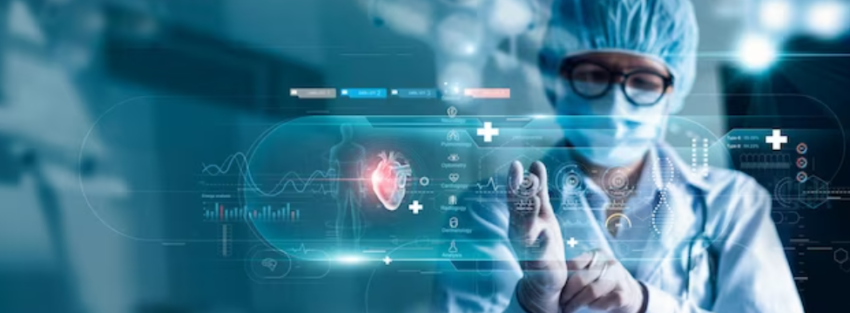Medical transcription is an important job in the healthcare industry that involves listening to audio recordings of medical professionals like doctors and therapists dictating patient notes, diagnoses, and recommended treatments, and converting those audio files into written documents. As technology advances and more work can be done outside of traditional offices, many medical transcriptionists now work remotely.
What is a medical transcriptionist?
A medical transcriptionist is responsible for producing accurate documentation of patient encounters and medical procedures. This documentation provides critical information for other healthcare providers caring for patients and is also important for insurance billing purposes. Some of the common documents transcribed by medical transcriptionists include:
- Progress notes detailing medical visits
- Discharge summaries after hospital stays
- Letters to other physicians
- Consultation reports from specialist referrals
Medical transcription requires strong listening skills, medical knowledge, and proficiency with medical terminology in order to precisely capture relevant details.
Can a medical transcriptionist work from home?
Yes, a medical transcriptionist can absolutely work from home. In fact, many medical transcription services have adopted remote work models where transcriptionists work outside of centralized transcription offices. There are several benefits to working as a remote medical transcriptionist:
- Flexible Hours: Transcriptionists can often set their own hours to work around personal schedules. They can take breaks when needed as long as they meet transcription deadlines.
- Family Time: Working from home allows more time with children, spouses, or other family without commuting to an office every day.
- Reduced Commuting Stress: There’s no need to deal with rush hour traffic or crowded public transportation.
- Expanded Job Opportunities: A home-based business means you can provide services to healthcare providers throughout the country, not just locally.
What equipment do I need?
The basic equipment a remote medical transcriptionist needs includes:
- A high-speed internet connection
- Foot pedal that connects to the computer to control audio playback
- Headset for listening to recordings clearly
- Word processing software like Microsoft Word
- Secure remote access system to retrieve audio files and return completed documents
Medical transcription services usually provide company-specific training on the necessary software. Some also supply transcriptionists with computers, dual monitors, and tech support.
Before working independently, medical transcriptionists need proper training in healthcare documentation standards and practices to become reliable employees for clinics, hospitals, or private physicians needing outsourced transcription help. An educational certificate or two-year degree in medical transcription demonstrates this important preparation to handle sensitive patient health information accurately and efficiently.
The technology now exists to make medical transcription a very viable remote career option. By working from home, medical transcriptionists can experience greater flexibility and autonomy while using their specialized healthcare documentation talents in an in-demand field.
